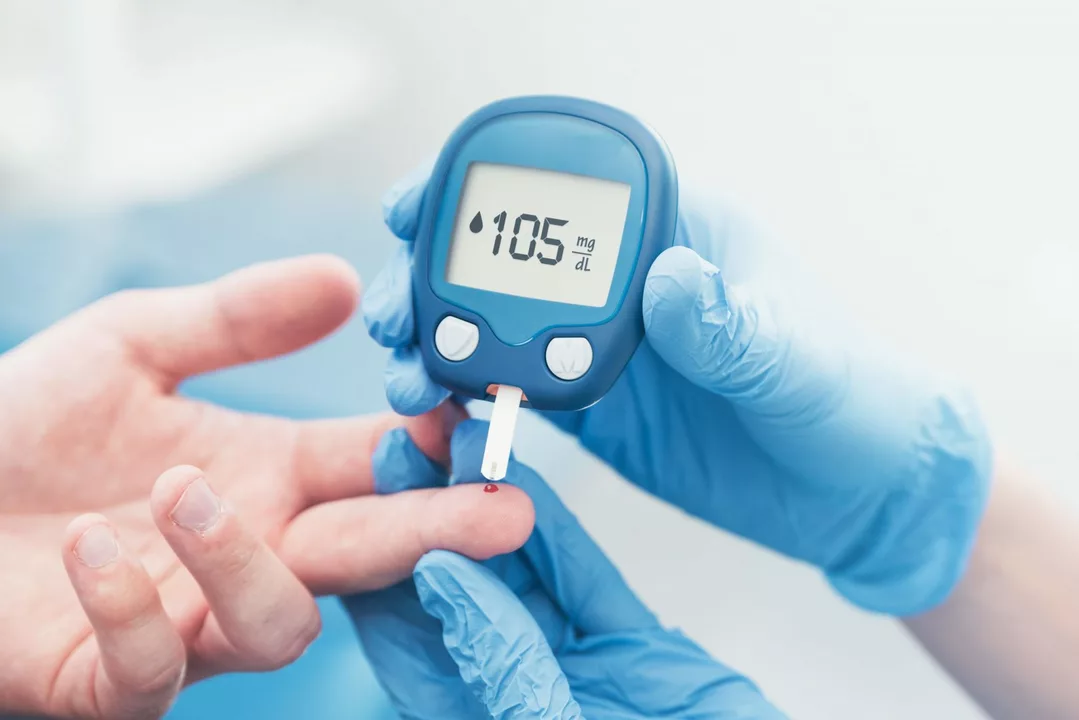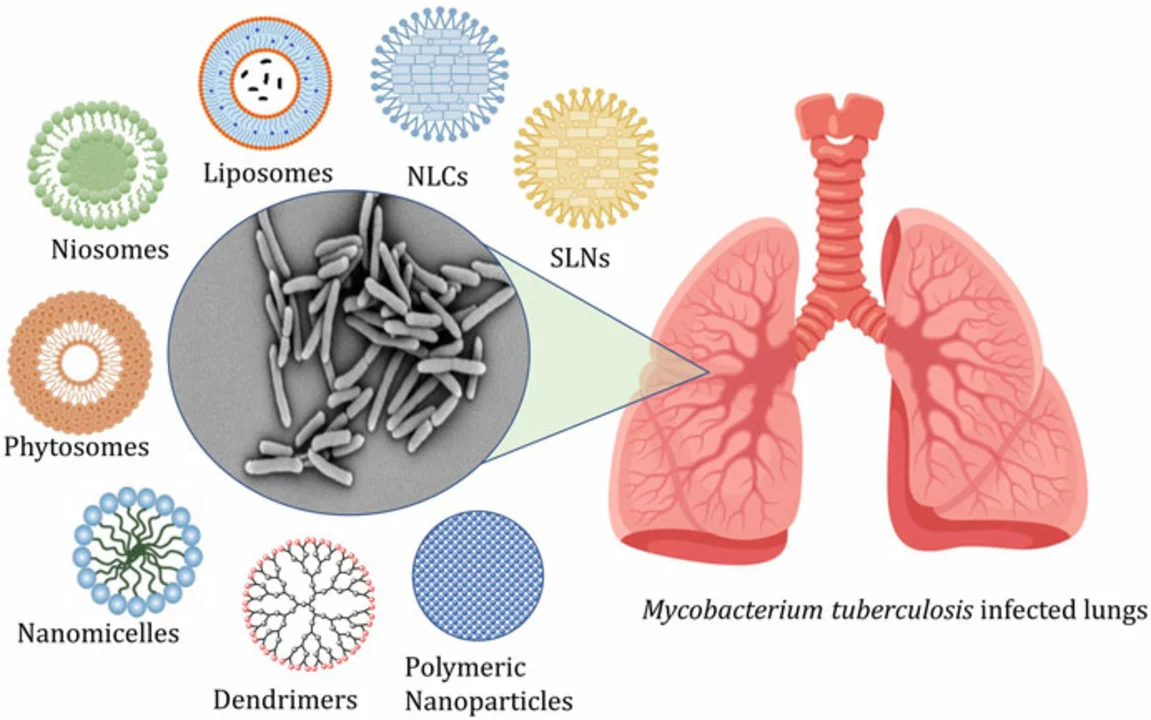Want clear, usable updates from medical research without the jargon? This category pulls together short, practical posts on real studies and what they mean for patients and caregivers. You’ll find pieces on diabetes breakthroughs, drugs used for resistant infections, and surprising new uses for older medicines. Read with a purpose—each article explains why the finding matters and what to watch for next.
Diabetes research keeps moving fast. Recent work focuses on better glucose monitoring, safer long‑acting insulin options, and therapies that protect or replace insulin‑making beta cells. That matters because better monitoring cuts hypoglycemia risk, and preserving beta cells can slow disease progression. If you read a study claiming a ‘cure,’ check whether it’s early‑stage or done in animals—human trials are the real test.
Multidrug‑resistant tuberculosis (MDR‑TB) is another area where drugs like cycloserine matter. Cycloserine works differently than first‑line TB meds, so it’s useful when bacteria resist standard drugs. Clinicians usually combine it with other agents to prevent further resistance. Watch for notes on side effects—cycloserine can cause mood changes or neurological symptoms, so mental‑state monitoring and dose adjustments are common in reports.
Drug repurposing turns old medicines into new tools. Ticlopidine, once a common antiplatelet, is under study for unexpected roles—some labs are testing it in models of neurodegenerative disease and certain cancers. Repurposing speeds things up because safety data already exist, but effectiveness still needs properly controlled human trials before clinical use changes.
When you skim a study, check these basics: sample size (bigger is better), study type (randomized clinical trial > observational), trial phase (Phase 3 beats Phase 1 for readiness), and the primary endpoint (what the trial actually measured). Also look for conflict of interest statements—industry funding doesn’t invalidate results, but it’s context you should know.
Practical tip: if a study reports percentage improvement, find the absolute numbers too. Saying “50% better” sounds big, but if the risk dropped from 2% to 1%, that’s a 1‑point absolute change. That detail helps you judge real-world value.
Use this category as a filter. I summarize the key points, explain possible patient impact, and flag next steps researchers need to take. Want deeper reading? Each post links to the original paper so you can check methods and data yourself. If you have a specific condition, talk to your clinician before changing treatment based on a single study—research informs options, it doesn’t replace medical advice.
Follow these updates and you’ll stay informed about meaningful progress—new devices, smarter drug combos, and promising repurposed meds—without getting lost in technical detail.

Explore how ropinirole affects daytime sleepiness in Parkinson's patients, review key studies, compare alternatives, and learn practical tips to stay alert.

Explore how fibromyalgia and autoimmune disorders intersect, covering shared symptoms, immune mechanisms, diagnosis tips, treatment overlap, and the latest research findings.

As a blogger, I cannot stress enough the importance of diabetes research and advancements. These continuous efforts not only help in understanding this complex disease better, but also pave the way for newer, more effective treatment options. The ultimate goal is to improve the quality of life for millions of people affected by diabetes worldwide. Additionally, this research can potentially lead to a cure or prevention strategies, saving countless lives in the future. I truly believe that supporting diabetes research and advancements is our collective responsibility, as it can bring about significant positive change in the lives of those affected.

In my latest blog post, I discussed the crucial role of cycloserine in managing multidrug-resistant tuberculosis (MDR-TB). Cycloserine, an antibiotic, has become increasingly important in the treatment of MDR-TB, especially when other first-line medications are ineffective. This is because it targets the bacteria causing TB in a different way, thus overcoming resistance. However, it's essential to use cycloserine in combination with other antibiotics to ensure maximum effectiveness and minimize the risk of further resistance. Overall, cycloserine plays a vital role in the fight against MDR-TB, and ongoing research is crucial to optimize its use and develop new treatments.

I recently came across some fascinating new research on the potential uses of Ticlopidine, a medication traditionally prescribed to prevent blood clots. Scientists are now exploring its potential in treating other medical conditions, such as Parkinson's disease and certain types of cancer. It's exciting to see how researchers are constantly pushing the boundaries of medical knowledge and discovering unexpected applications for existing drugs. I'll be keeping a close eye on the progress of these studies and will keep you all updated on any significant developments. Who knows, Ticlopidine could soon play a crucial role in the treatment of a whole new range of diseases!
Hi there, gentlemen! In today's blog post, we're going to tackle some of the most common myths and misconceptions surrounding high uric acid levels and gout. I bet you've heard many of them before, but rest assured, our aim is to debunk these myths and arm you with the facts. Let's navigate this journey together, separating fact from fiction when it comes to your health.
Explore how ropinirole affects daytime sleepiness in Parkinson's patients, review key studies, compare alternatives, and learn practical tips to stay alert.
Blood pressure targets are no longer one-size-fits-all. Learn why 120/80 isn't right for everyone, how guidelines differ across countries, and what really matters for your health-beyond the numbers.
In my latest blog post, I discussed the crucial role of cycloserine in managing multidrug-resistant tuberculosis (MDR-TB). Cycloserine, an antibiotic, has become increasingly important in the treatment of MDR-TB, especially when other first-line medications are ineffective. This is because it targets the bacteria causing TB in a different way, thus overcoming resistance. However, it's essential to use cycloserine in combination with other antibiotics to ensure maximum effectiveness and minimize the risk of further resistance. Overall, cycloserine plays a vital role in the fight against MDR-TB, and ongoing research is crucial to optimize its use and develop new treatments.
Medications cause side effects because they interact with more than just their intended target. From genetic differences to off-target effects and drug interactions, science explains why reactions happen-and how we’re learning to prevent them.